What happens to the skin as it ages?
Collagen production decreases, so you see lines, wrinkles, laxity, and dull skin. If we don’t stimulate collagen production as we age, our skin starts to look older and duller–the skin is on a downward slope.
So, how do growth factors fit into boosting collagen? Are growth factors an essential ingredient in your skincare routine?
How Do Growth Factors Work?
Growth factors are proteins naturally produced and found in the body that stimulate cell growth and function. They trigger cells to divide, grow, and produce collagen, the basic building block of skin.
These proteins also bind to cell receptors and communicate crucial messages, such as “produce collagen” or “create more elastin.” These are called “fibroblasts.”
Aging causes us to lose about 1% of our fibroblasts and 1% of our skin’s thickness yearly. The age-related loss of fibroblasts produces fewer new cells, less collagen, and fewer growth factors. The remaining fibroblasts are also less sensitive to the growth factors present, resulting in thinner, wrinkled skin.
When applied topically, growth factors help improve the appearance of aging skin by reversing some of the reduced cell growth and collagen production. These collagen stimulants target fibroblast production and trigger collagen growth at the cellular level. Increased collagen production thickens the skin and reduces wrinkling to minimize the effects of aging-related changes and keep the skin strong and smooth.
Growth Factors are an Important Ingredient in your Skincare Routine
The purpose of growth factors in skincare is to act as a healing agent that encourages cells to produce components that:
- Improve skin firmness and elasticity
- Strengthen the skin barrier
- Repair and rejuvenate skin
Skincare products that get down to the cellular level and trigger the cells that boost collagen production.The entire reason for putting skincare products on your face is to get your cells to produce collagen again.
Protecting Your Body's Growth Factors with Hibiscus Flower
In formulating the Trifecta, our primary goal was to create a skincare product that not only provided immediate benefits but also worked to enhance long-term skin health. Recognizing the importance of collagen in maintaining skin elasticity and firmness, we focused on incorporating ingredients that stimulate collagen production over time.
Hibiscus flower extract can be found in Illuminate and is known for its remarkable skincare benefits. Rich in antioxidants and alpha hydroxy acids, Hibiscus extract was selected for its ability to shield the skin from oxidative stress, combating the harmful effects of free radicals that accelerate aging.
Moreover, its unique properties extend beyond mere protection; hibiscus extract also plays a crucial role in safeguarding the body's growth factors to allow the the body to repair.
Using Trifecta: Consistency is Key
It is so important to stay consistent with the KaramMD Trifecta because the longer you use it, the better results you will see.
We simplified your skincare routine so you can start it… and stay on it forever!
I built these products around the core concept of getting the body to produce collagen again at a new level. The Trifecta daily skincare routine involves three easy steps:
-
Rinse Daily Cleanser: A gentle cleanser that softens and hydrates the skin to boost cell regeneration and collagen production, prevent UV damage, and prepare the skin to absorb active skincare ingredients.
-
Quench Vitamin C Serum: An anti-inflammatory, brightening vitamin C serum that minimizes fine lines and prevents collagen breakdown in the skin.
- Illuminate Anti-Aging Cream: The all-in-one anti-aging cream that boosts cell turnover and collagen production, improving skin elasticity, reducing signs of age, deeply hydrating, and firming the skin for a supple, youthful glow.

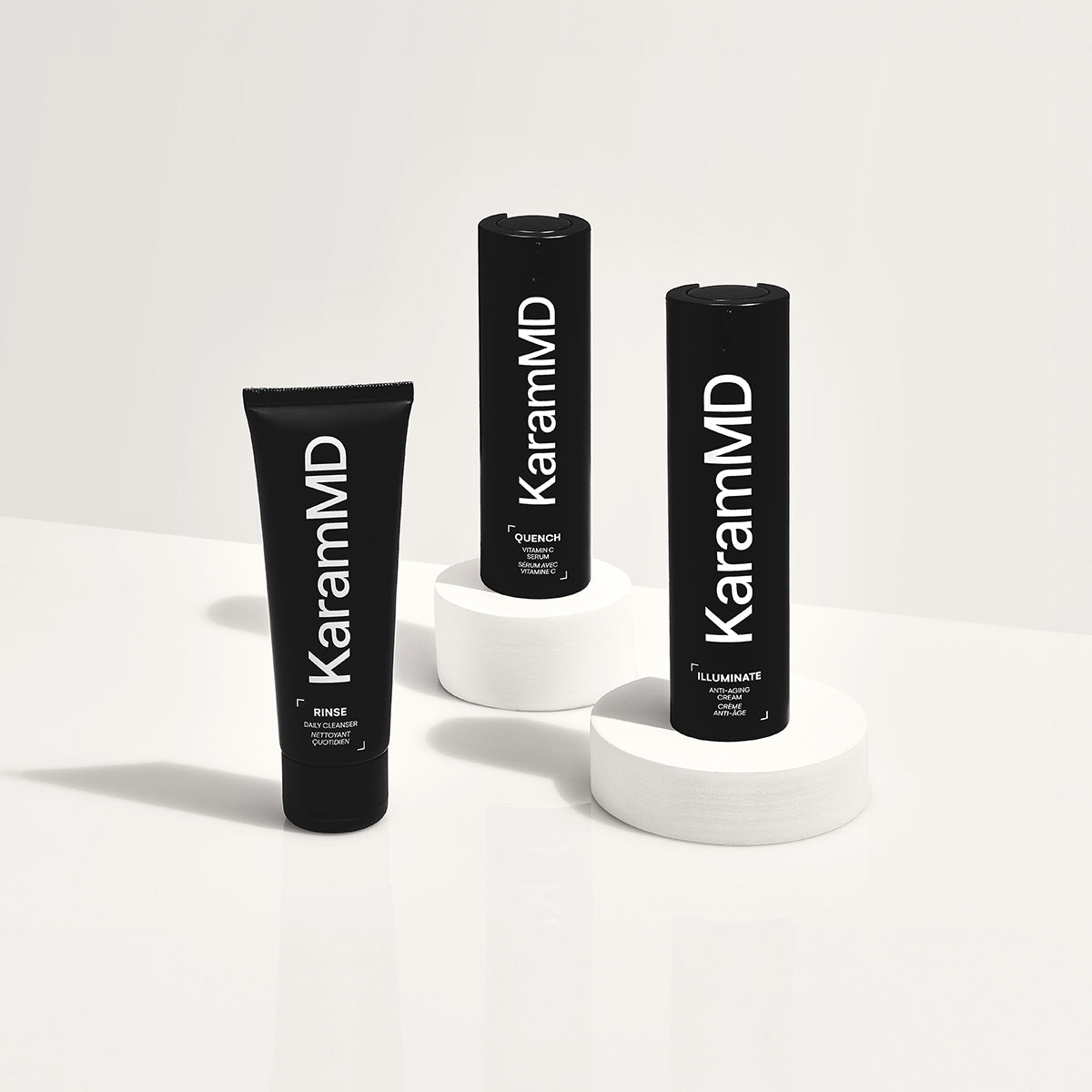
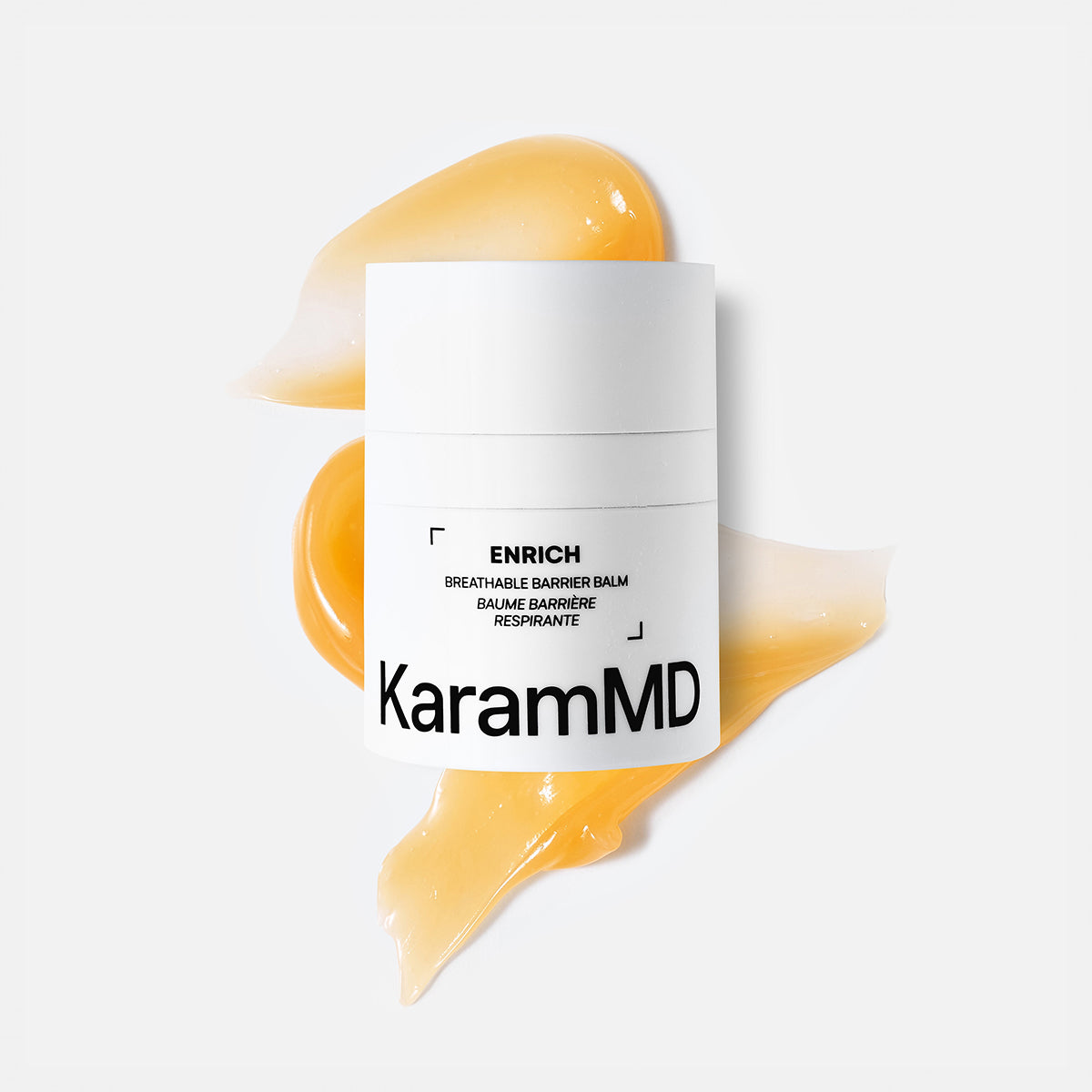
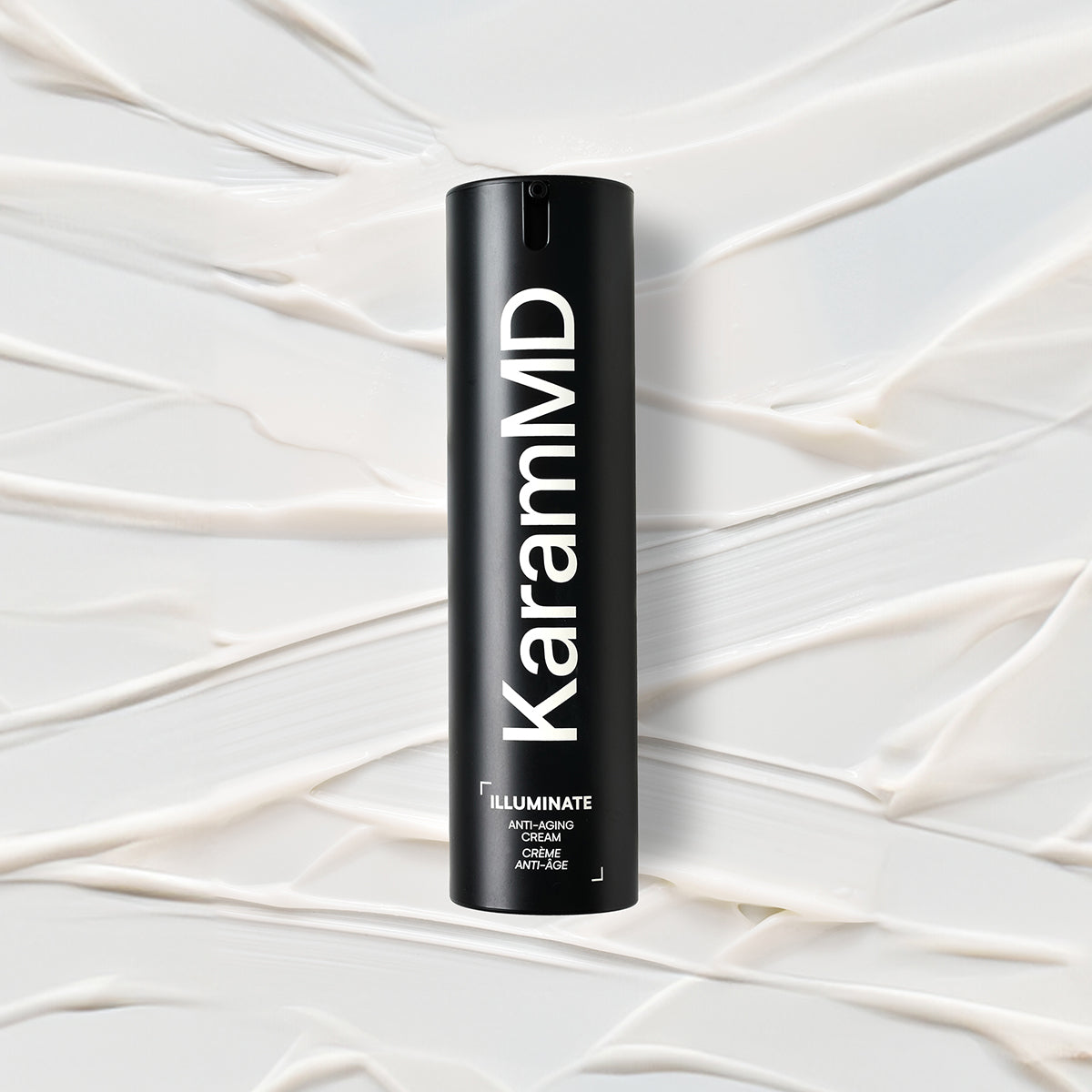
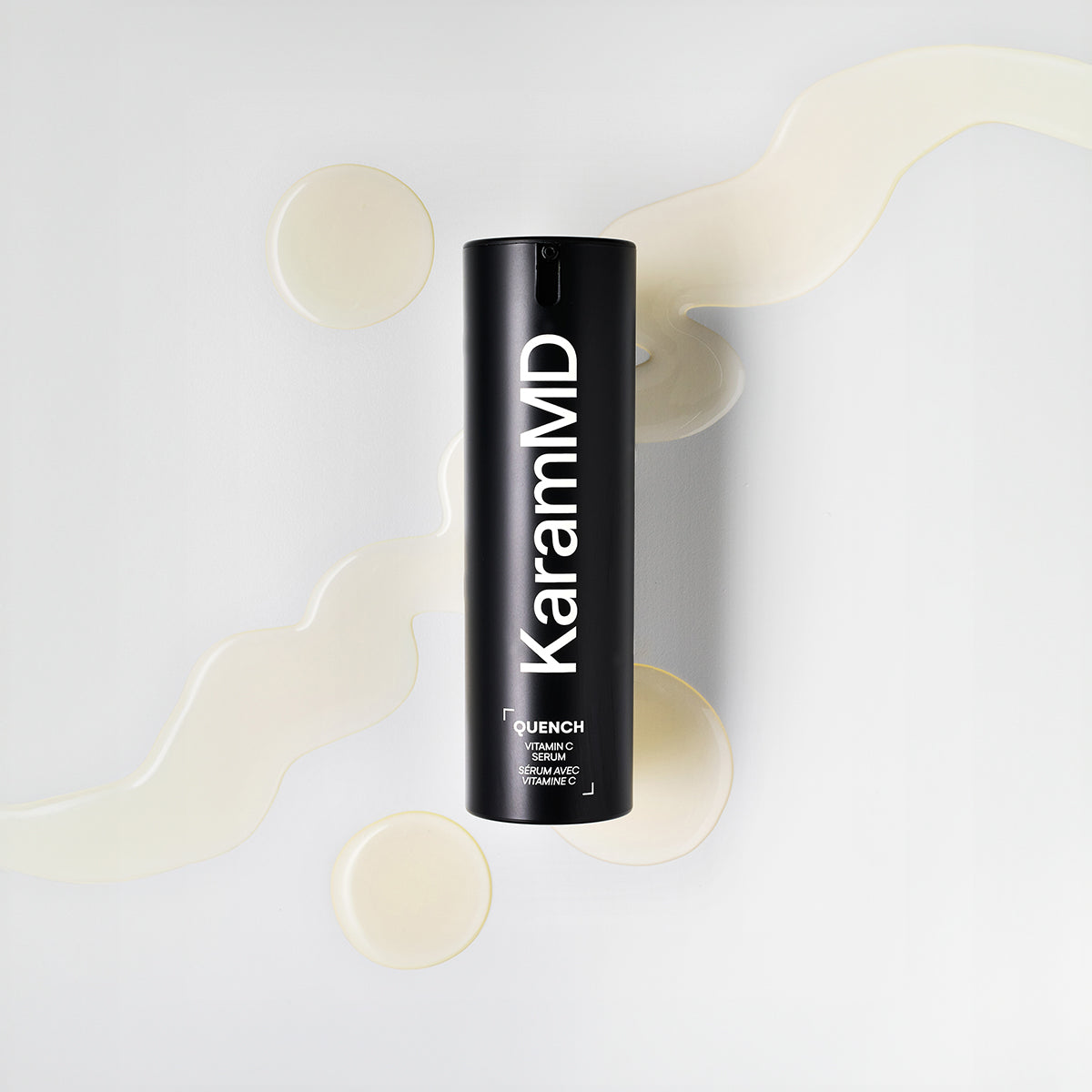
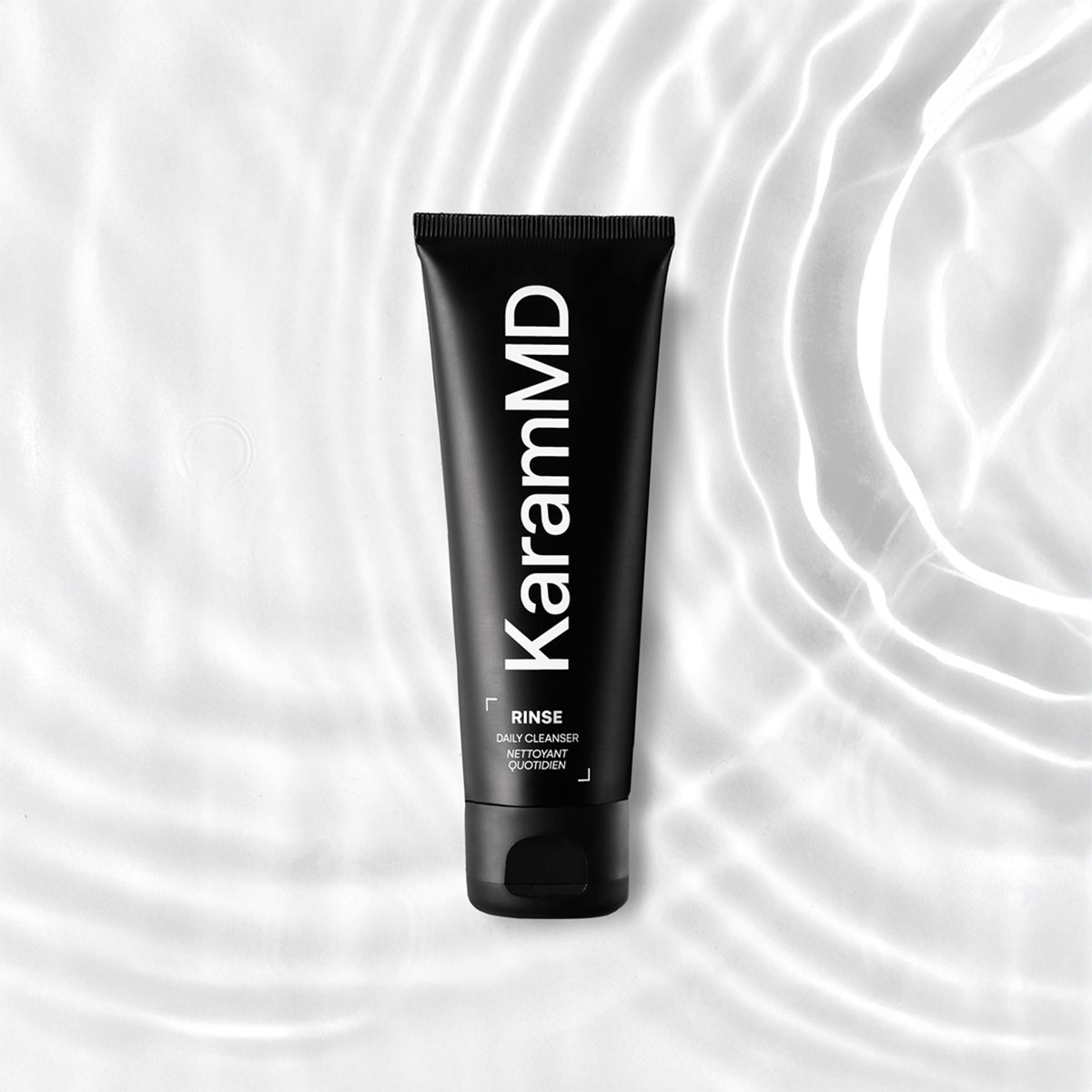
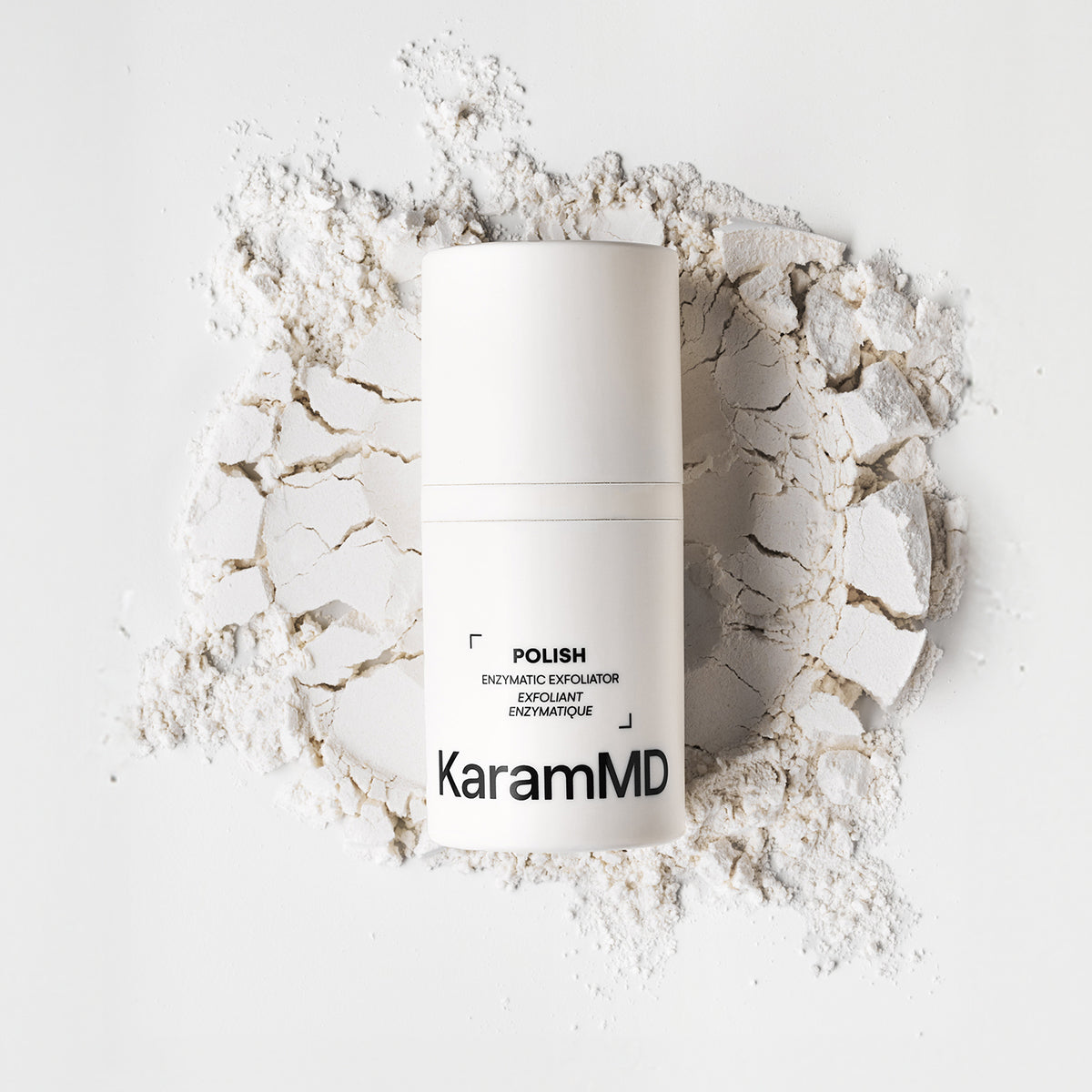
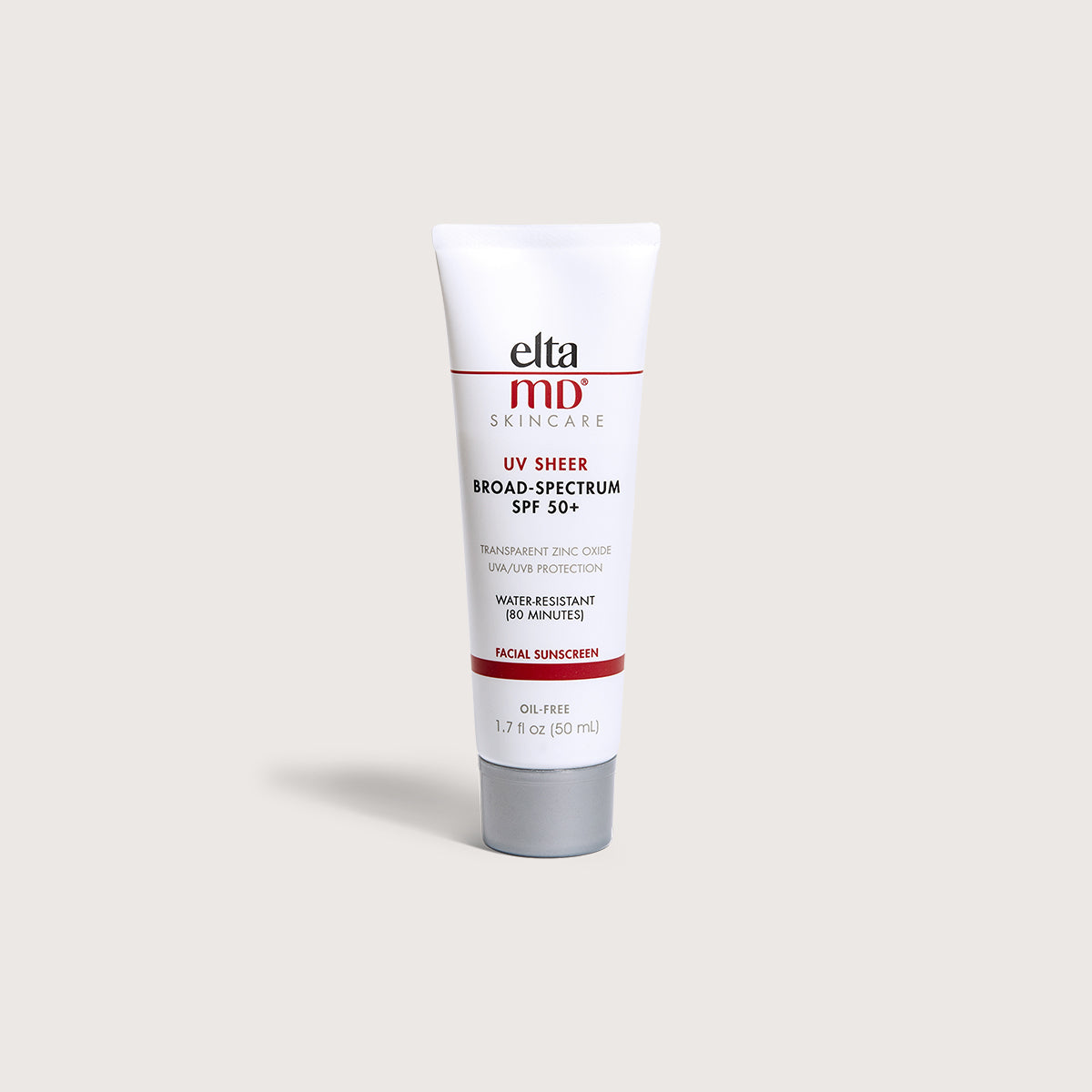



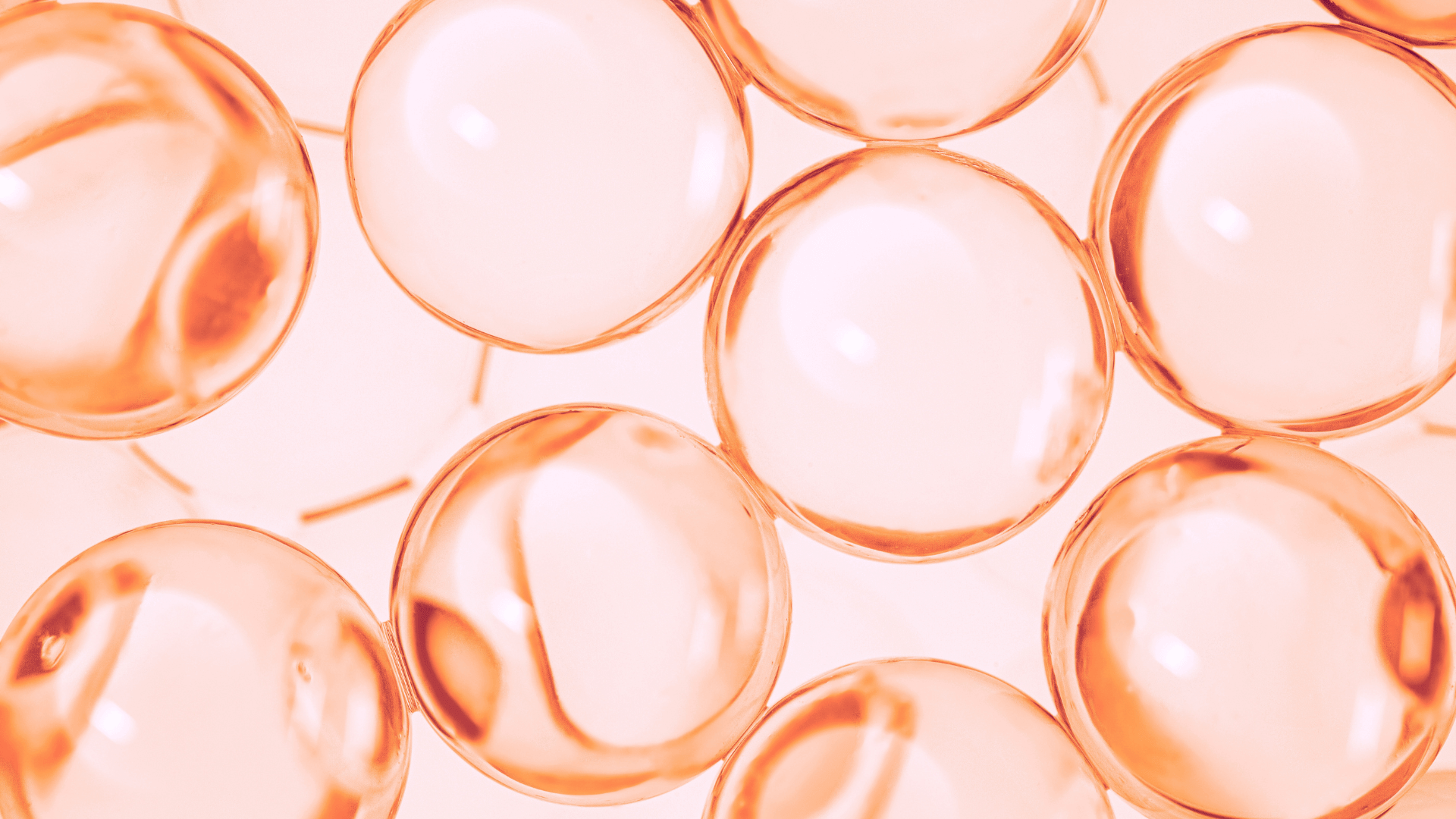
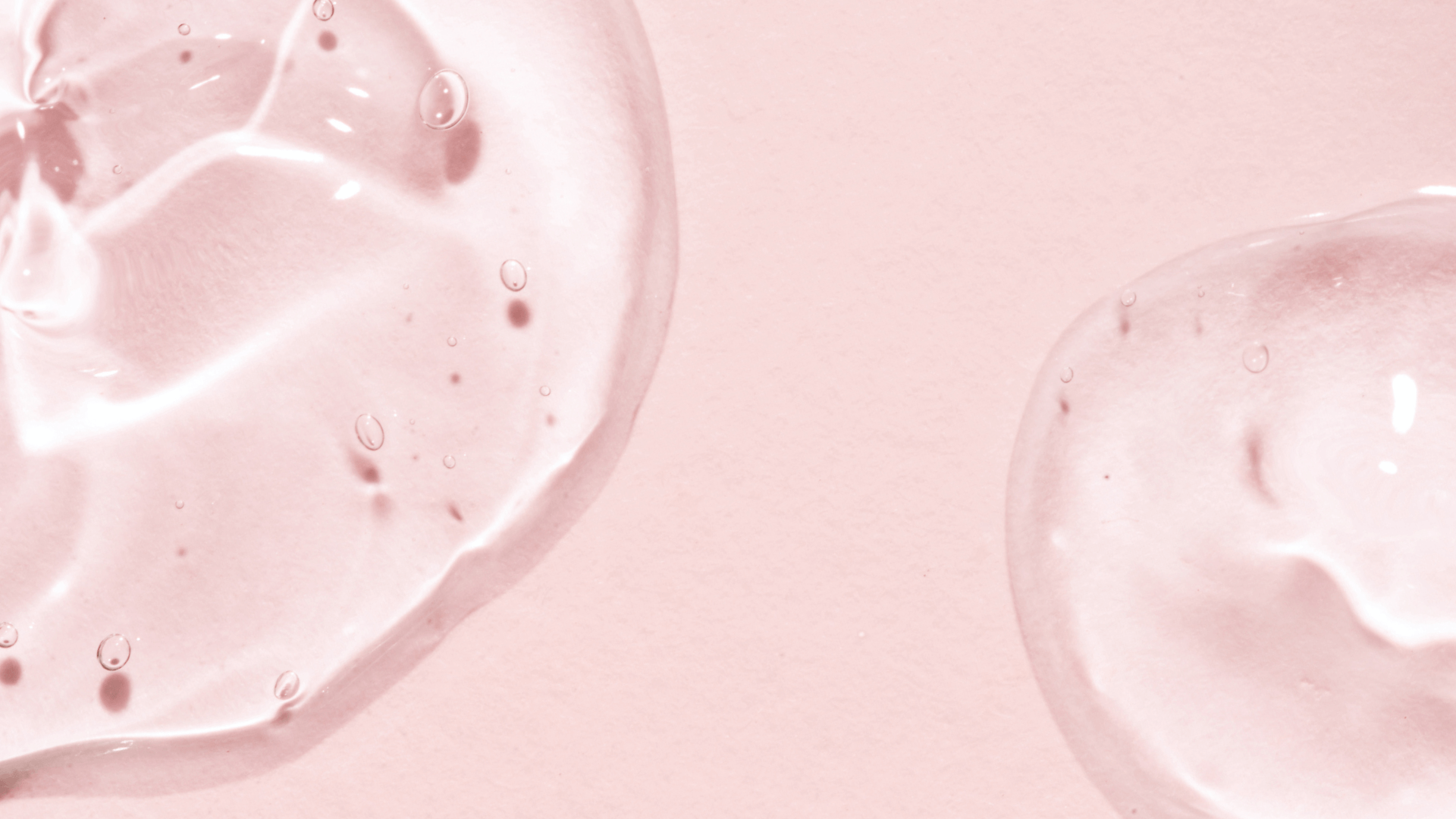


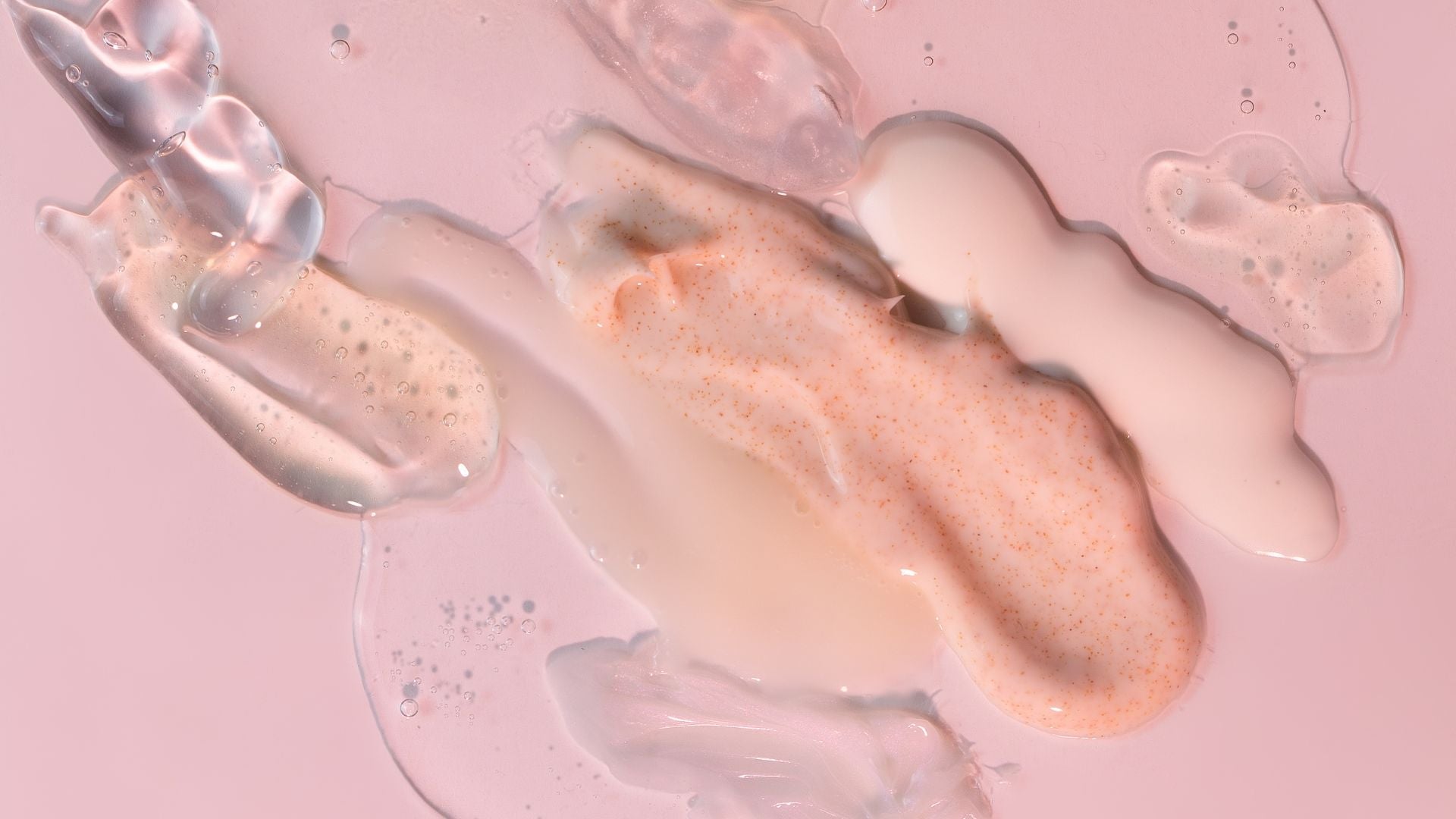


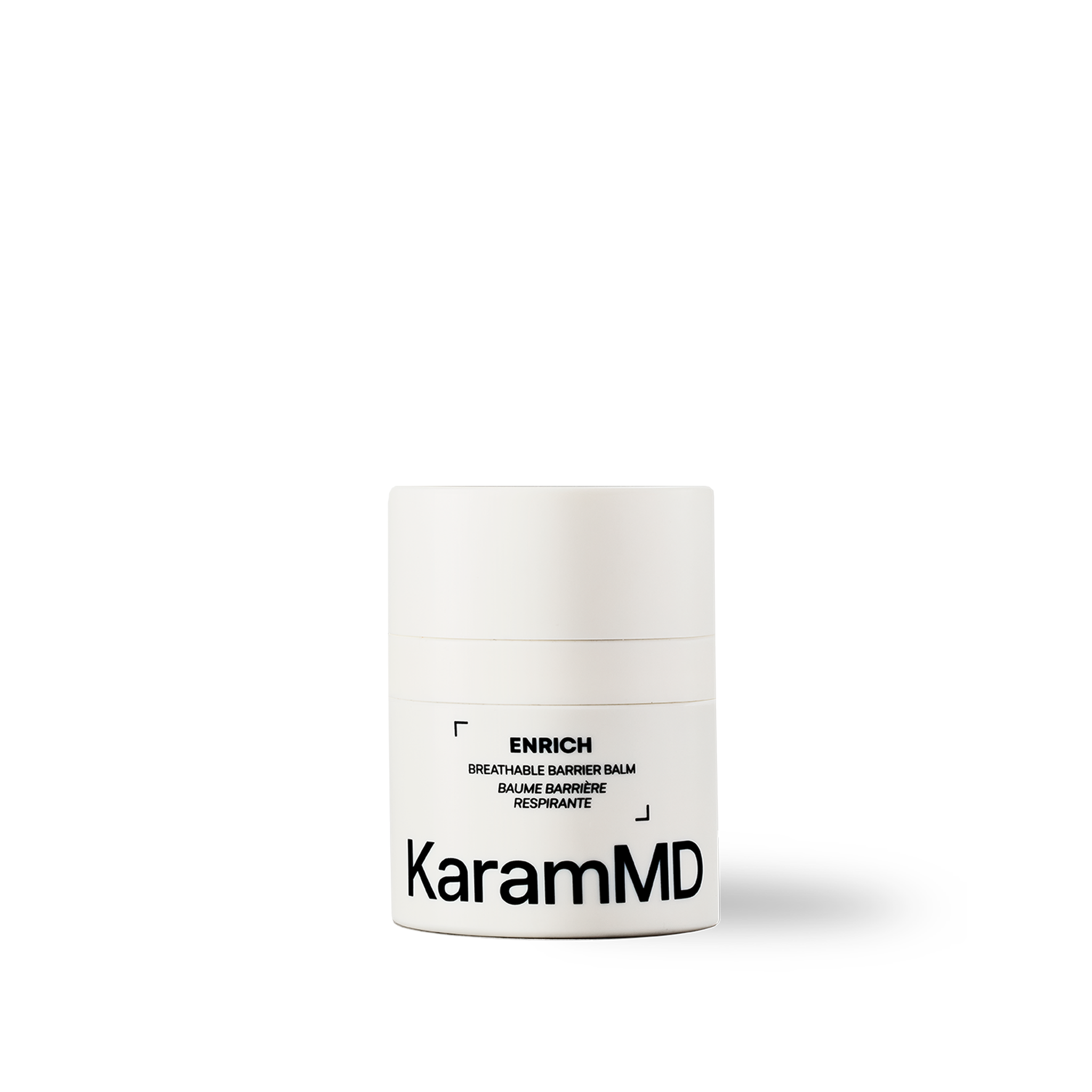
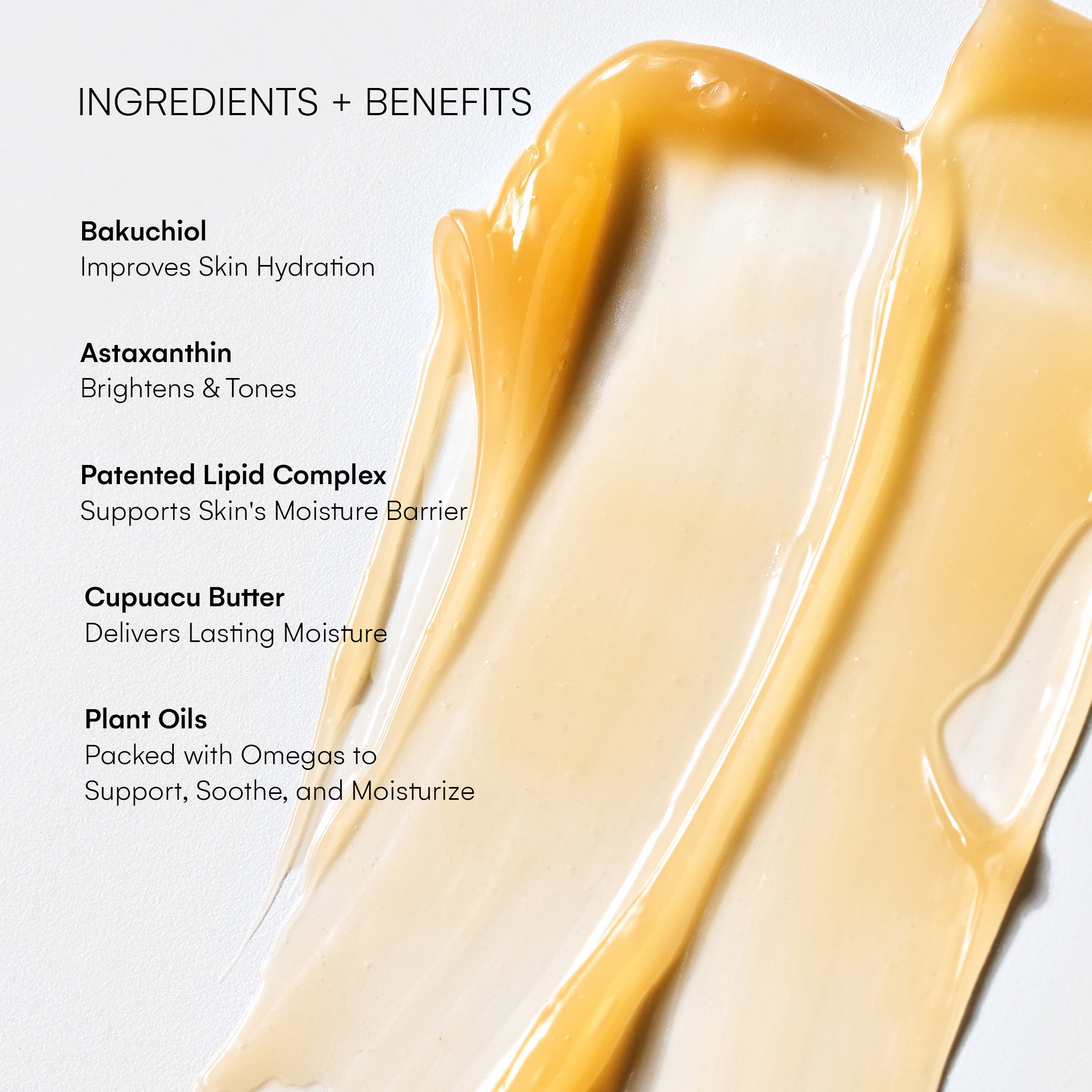

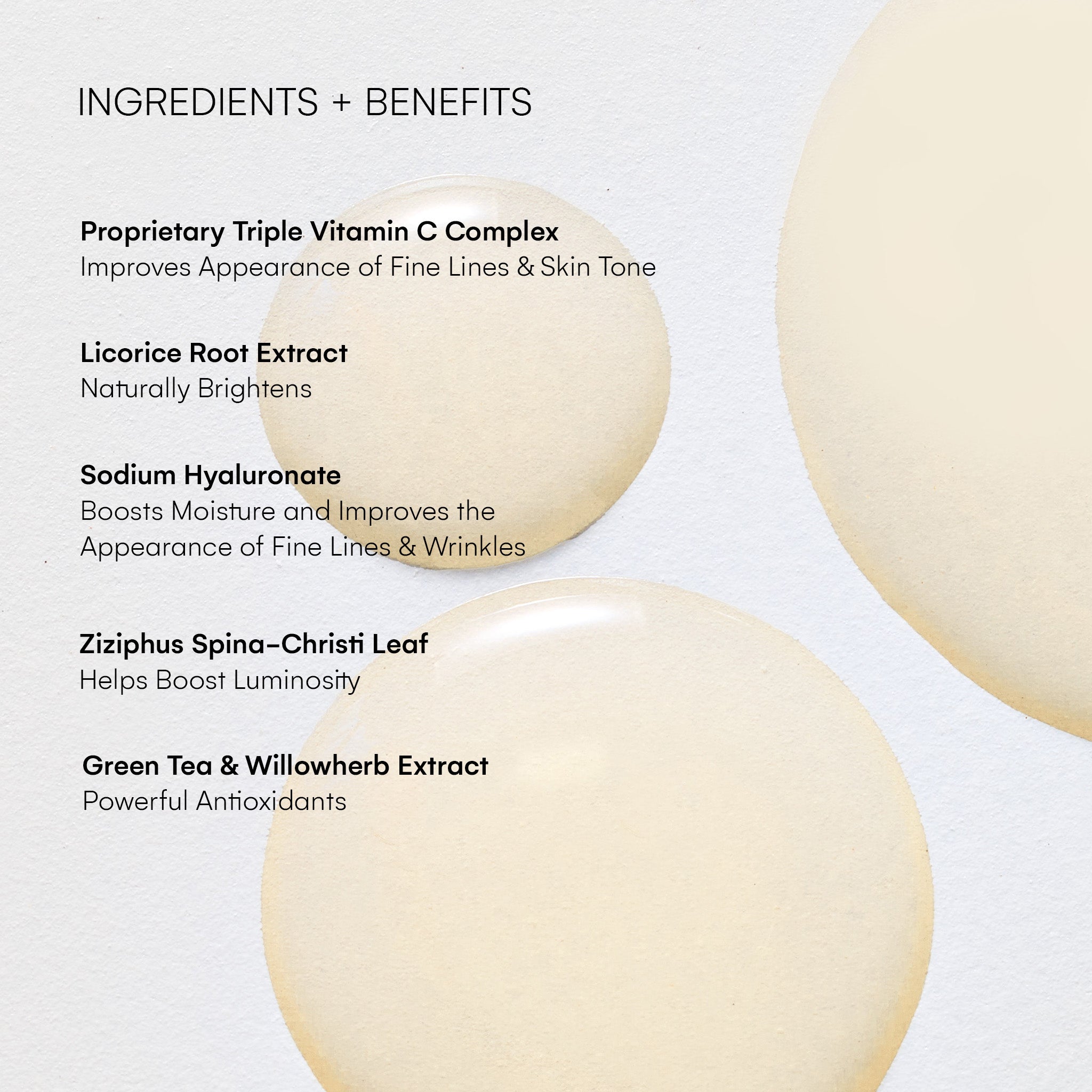
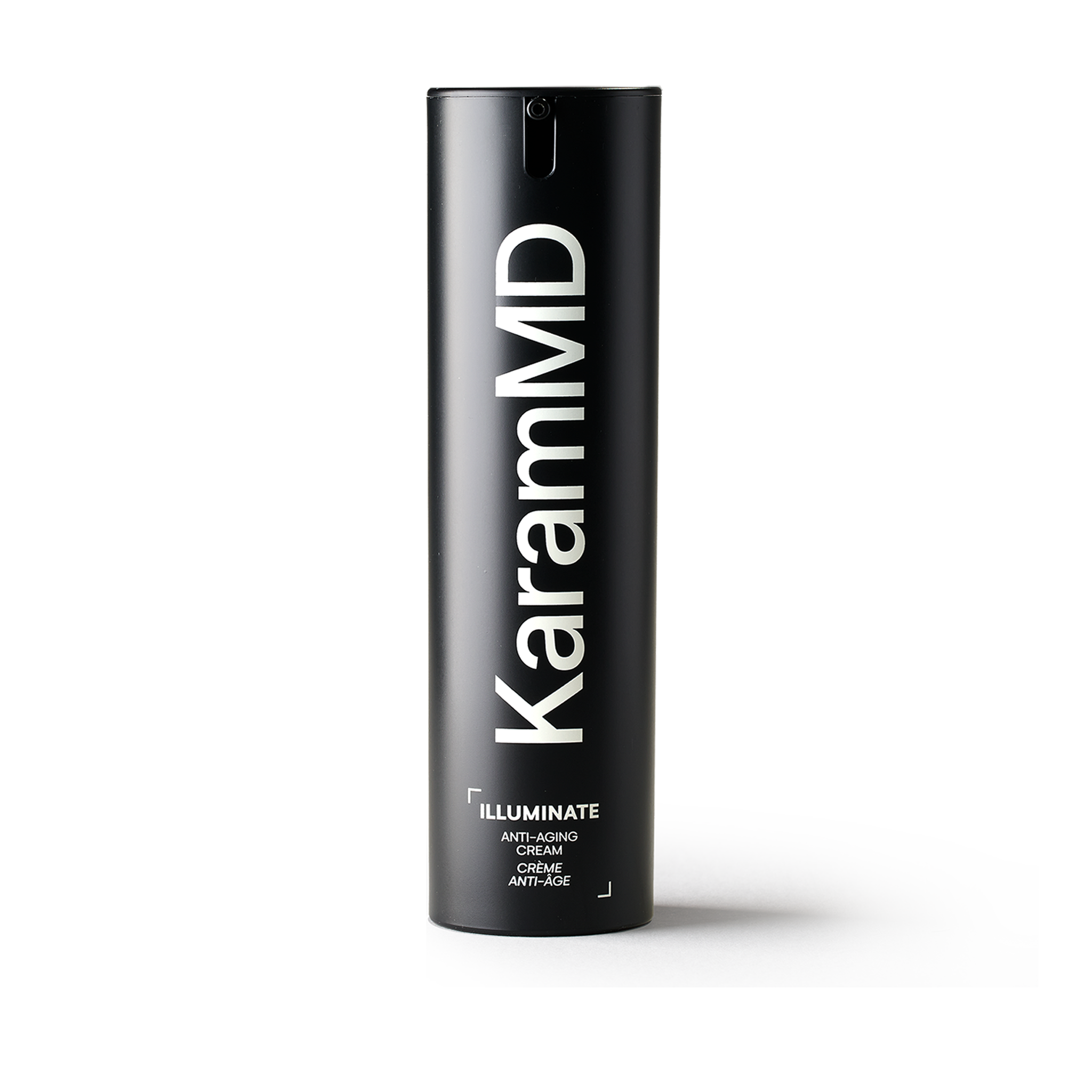
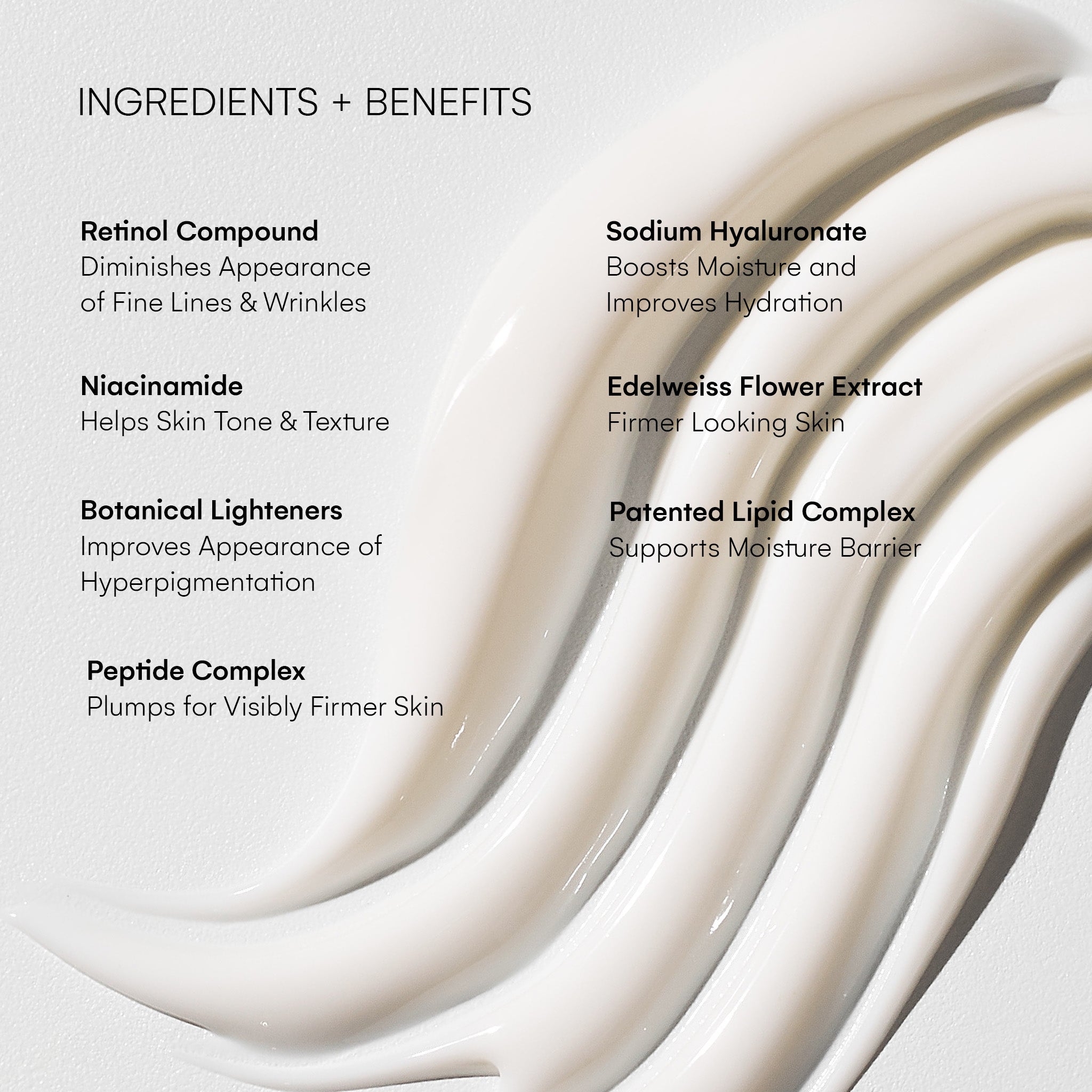
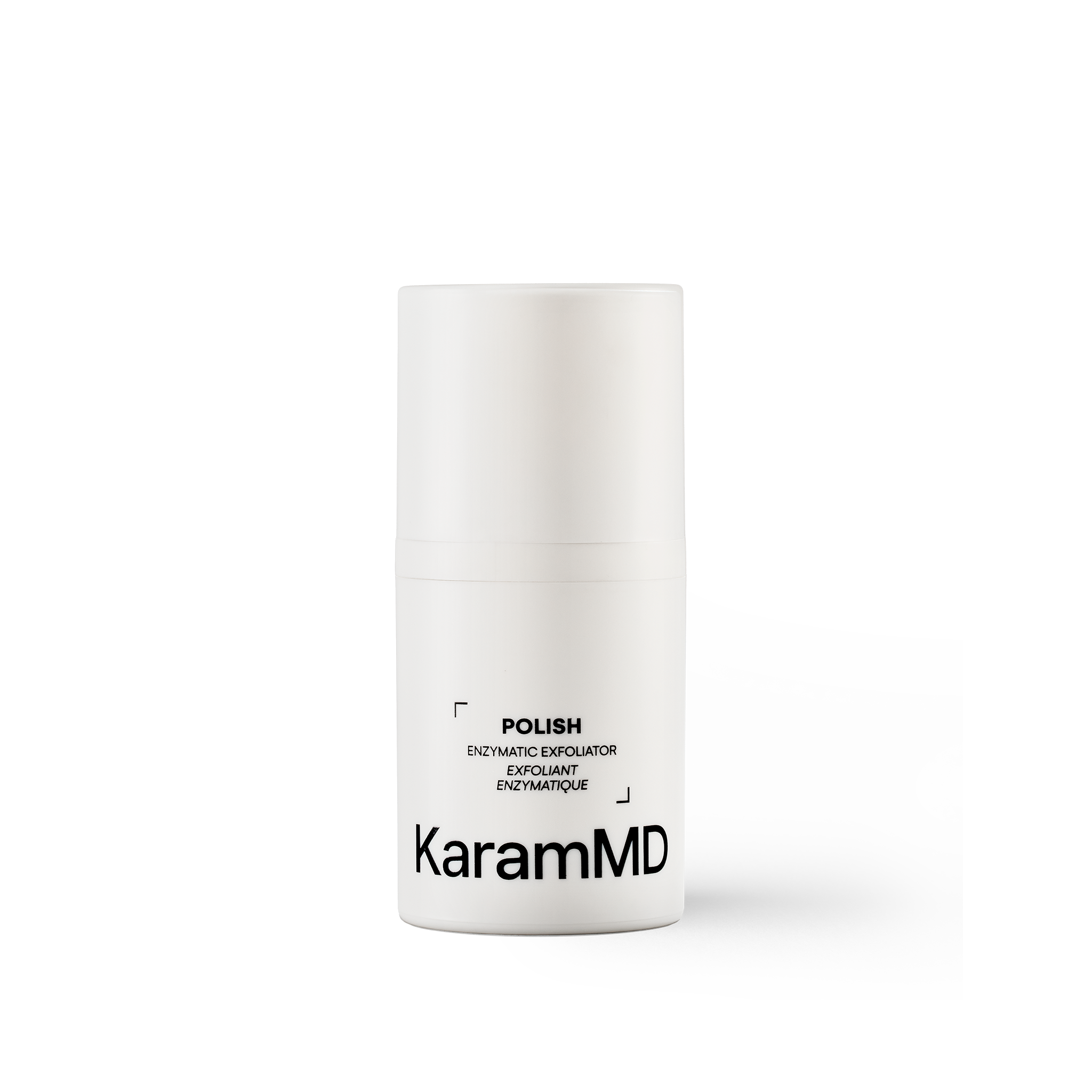
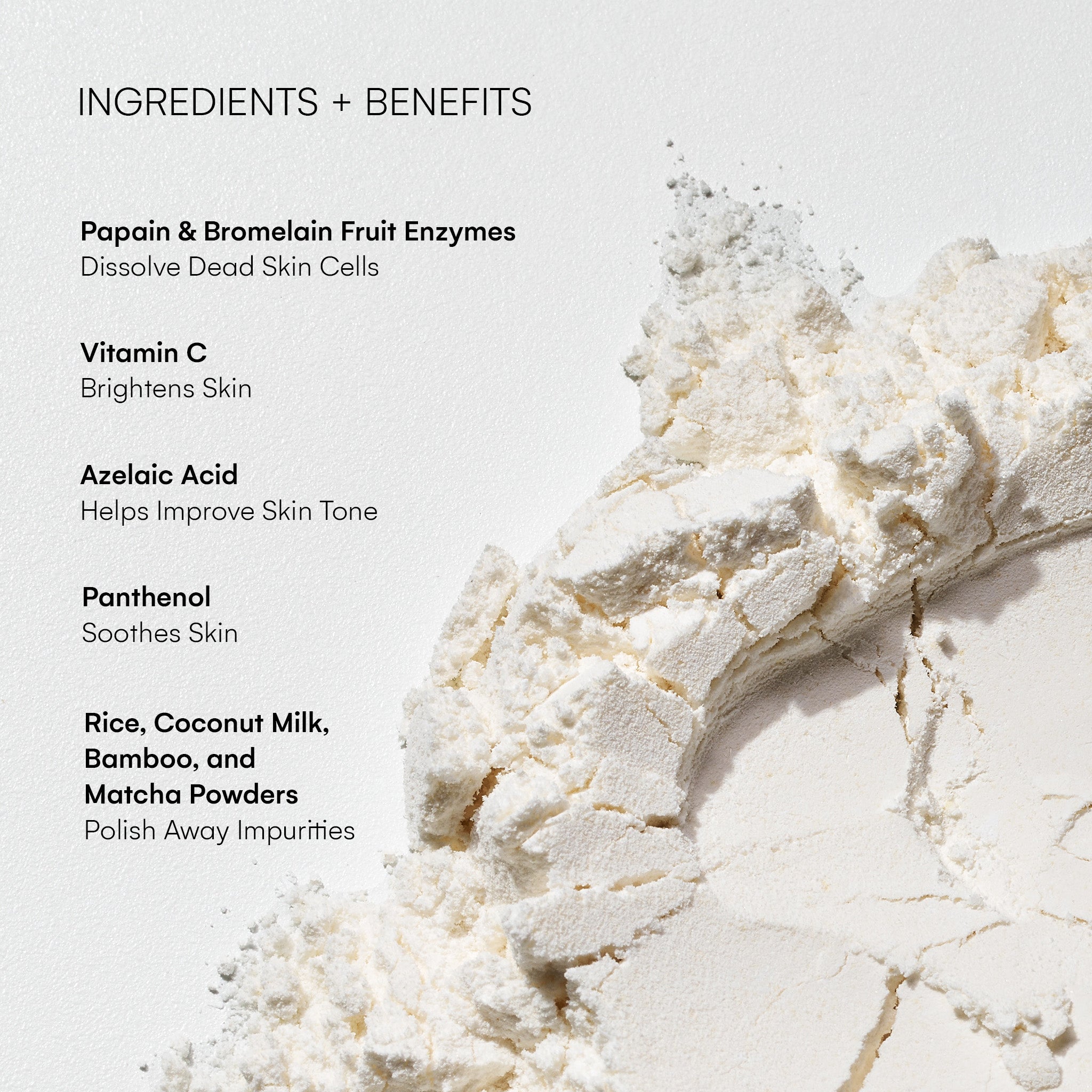
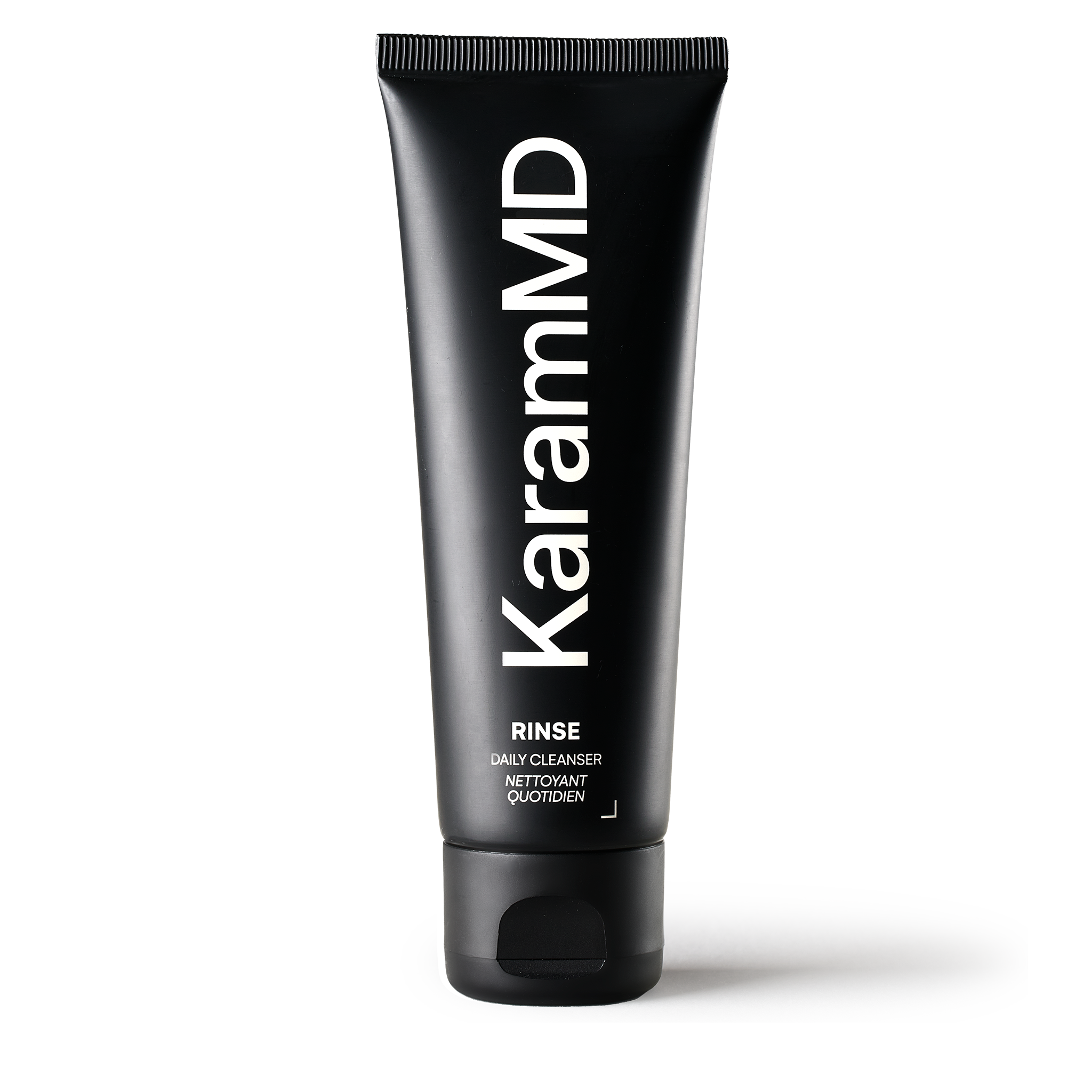
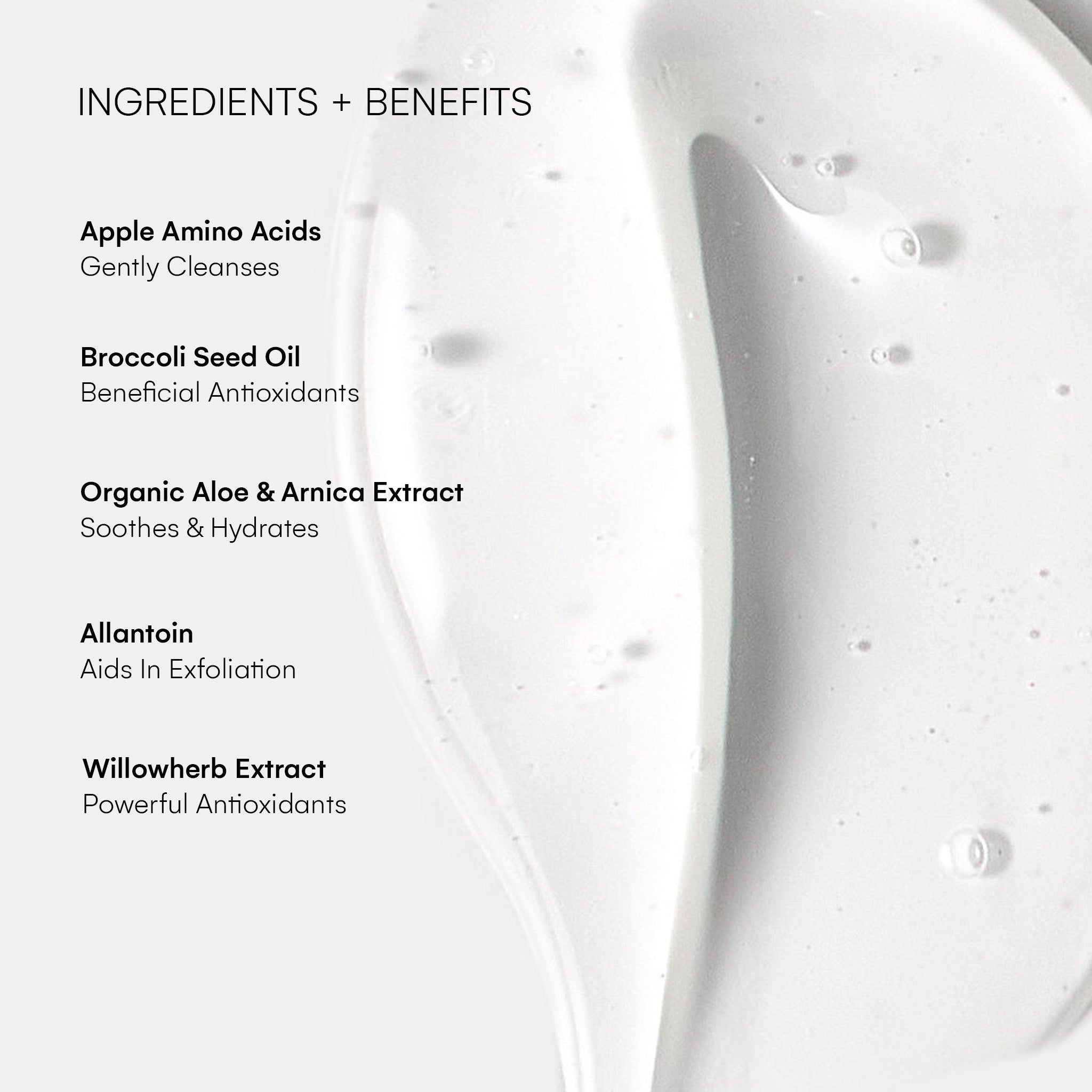
2 comments
KaramMD Customer Support Team
Hi Tracey,
Thank you for reaching out! The Trifecta does not contain growth factors in its ingredient list. However the Illuminate does contain FGF-2- Fibroblast, an ingredient botanically derived from Hibiscus Seed Extract that supports and aids your skin’s naturally occurring growth factors.
Tracey
I was reading about the Trifecta and plant growth factors (also heard the little video). Are the growth factors in the products small enough to actually enter the cell of the skin or do they work on the surface only? It was mentioned that they stimulate fibroblast cell production so I assumed they went to the cell..thank you!
Leave a comment
All comments are moderated before being published.
This site is protected by hCaptcha and the hCaptcha Privacy Policy and Terms of Service apply.